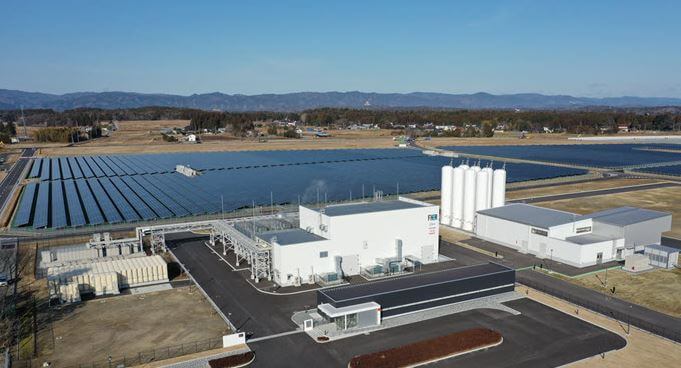South Australia continues to lead the way among states and territories in the renewable energy transition. When it comes to hydrogen, however, Western Australia is primed to be the national leader.
The jewel in the crown will be the Western Green Energy Hub, with first production slated for 2030. Making use of night-time wind and day-time sunshine, production will use 3,000 wind turbines and 25 million solar panels to produce an estimated 100GW of energy. That’s roughly equivalent to Australia’s entire energy consumption.
It would cover approximately 15,000 square kilometres, in the vicinity of Esperance, Kalgoorlie and Dundas.
The plan is to convert this energy via electrolysers to hydrogen. The energy can thus be shipped worldwide for use in transport, heavy industry and power generation.
Estimated investment is $100 billion, which would make it one of the largest projects in Australian history. It is backed by Australia-based CWP Global and Hong Kong-based Intercontinental Energy.

Elsewhere in the state, a key financier is Fortesue Metals’ off-shoot, Fortescue Future Industries. Owner Andrew Forrest also controls CWP Renewables, which is currently disputing control of the SunCable project with Mike Cannon-Brookes.
Earlier this month, Fortescue was awarded an estate at Onslow in the Pilbara. This will enable an expansion of the Australian Renewable Energy Hub, where construction is planned to start in 2025.
Around Port Hedland land was granted to a range of international groups for similar projects. The state government says the land will support up to $70 billion in construction for solar generation and hydrogen production.
Premier Mark McGowan argues that WA can and should become a global green energy superpower. According to the premier, the state’s nexus of renewable energy potential and critical minerals is unmatched worldwide.
While corporate and government reps inevitably talk themselves up and nothing is set in stone, the potential windfall is enormous. S&P Global estimate Australia, via exports to Asia, may provide 40% of all hydrogen exports worldwide by 2050.
Follow Christian on Twitter for more news updates.
Sign Up To Our Free Newsletter